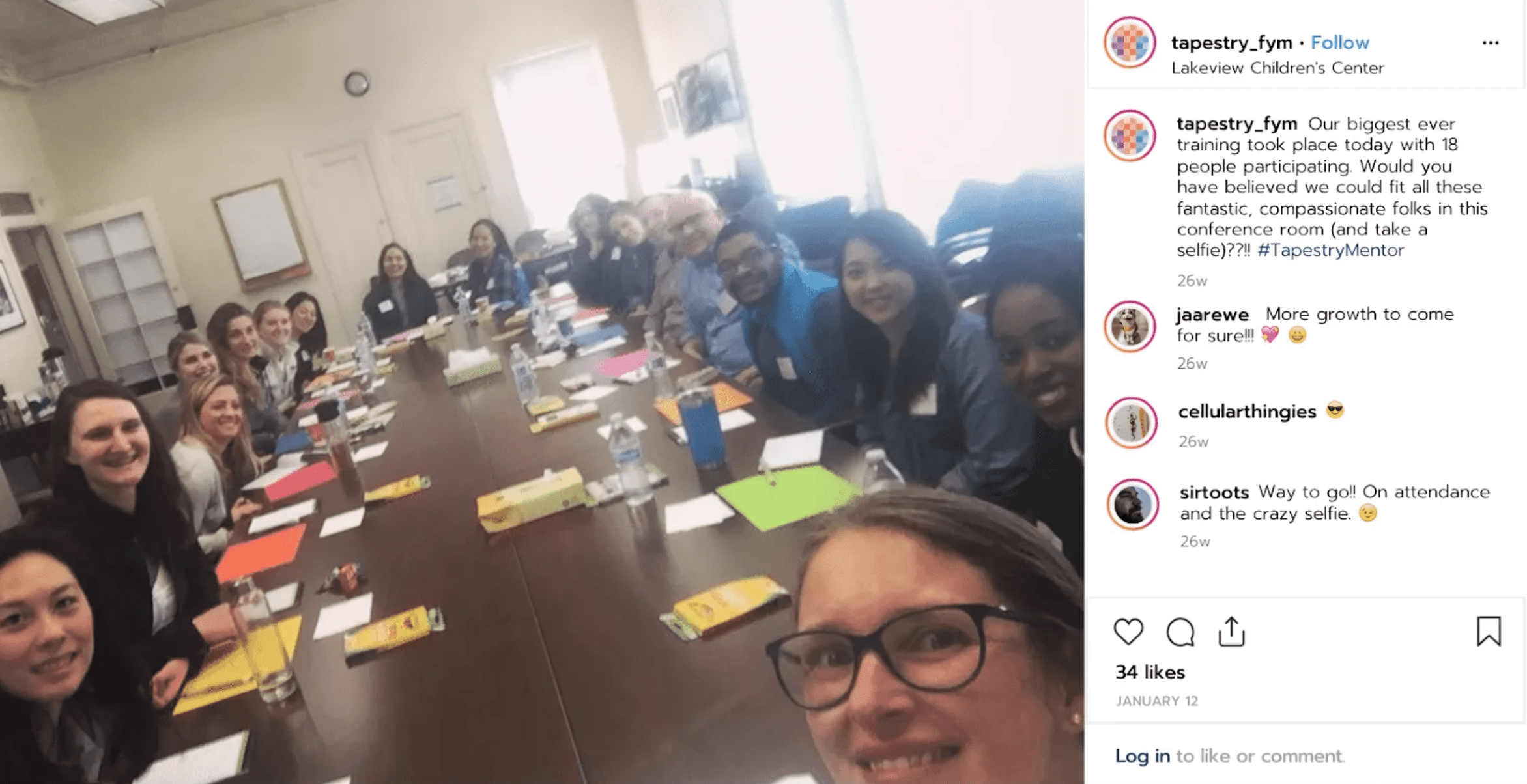I’ve been thinking a lot about acronyms today, specifically conflicting ones. For starters, I was interested to read this morning about the test flight of a plane powered by a pulse detonation engine. My enthusiasm was dampened, though, by (minor) confusion each time I read a subsequent reference to the aircraft, which sounds–when the acronym is applied–as if it’s powered by partial differential equations. That’s only figuratively true.
I’m not sure there was a better alternative, but it’s still a little irksome to me that whoever named this technology didn’t work a little bit harder to come up with a name whose acronym was not identical to one used by a significant portion of the community that might be interested in the technology. I have a similar complaint about portable document format acronymicly conflicting with probability density function. I’ll admit I’m on shakier ground there, since the connection is much more tenuous between these two terms, and therefore confusion less likely. (More about the latter type of PDF soon, when I unveil the program I’ve been working on occasionally to brush up on my Java skills and learn applets.)
If I’m honest with myself, I have to concede that we should name engines, equations, formats, and functions as descriptively and unambiguously as possible using real words first. I guess it would just be nice if trying to avoid repeat acronyms could be, say, a secondary consideration. A tiebreaker. After all, what’s wrong with “universal document format”? Well, this is what, apparently. Hey, I didn’t say it was going to be easy.
It’s not as if there can’t be consequences of these mix-ups. One funny though hardly earth-shattering instance came last semester in my linear programming class: One morning, somebody asked what breadth-first search had to do with the revised simplex method. In the process, he more or less shouted to the professor that he’d skipped the previous lecture on basic feasible solutions.
If only life, like Wikipedia, came with disambiguation. Or in this case acronymbic disambiguation.
By the way, do you prefer acronymbic or acronymic, which I used adverbially earlier? I think I like the former. Either way, we need a word for this. Is there one? A quick search didn’t yield any leads, although I found out that andrw313 is pissed about them (though he apparently doesn’t know the George Clinton tune “Chocolate City”), and some dudes at the Mayo Clinic thought they were annoying enough to apply some machine learning algorithms in the name of clarifying them. It’s the funniest paper I’ve read in quite some time (well, since this one, as a matter of fact). As you’d expect, the authors just couldn’t help themselves: “For example, according to the UMLS 2001AB…” And later: “This paper presents preliminary results suggesting that using the WWW in conjunction with clinical corpora can be used for generating training data for acronym disambiguation.”
Out of leads, I tried on my own to come up with something clever, like backronym or recursive acronym. The problem is, ambiguous acronyms are homonyms. Acro-homonym? Eh. Homo-acronym? Surely not. I’m stumped. Anyone got any ideas?
I guess we could resort to an acronym that describes the problem or solution. In addition to the ideas in this post’s title, we might also consider Acronym Disambiguation (of course, it’s ambiguous with Athletic Director) or Disambiguation of Acronyms (ambiguous with District Attorney). I’m beginning to believe there’s a complementarity relationship between acronym ambiguity and acronym length, so we’re probably going to need to describe the problem with more words in order for this acronym not to be all snarky and self-referential, not that I’d have a problem with that.
After thinking about this stuff for over an hour now, I’m beginning to understand why my friend Milad got fed up with acronyms and just named his inertial confinement fusion code “Cooper,” after his sister’s dog, I think he he told me.
So…what prompted me to recall the BFS/BFS vignette that finally gave this idea the mental critical mass necessary for me to actually want to post on it (a post that, as you can see, has just totally spiraled out of control)? Just a little acronym overload from my network flows class this morning. Don’t get me wrong–we all knew what he was talking about, and there was nothing annoying or especially ambiguous about it, but I couldn’t help but chuckle internally when my professor wrote this on the board: “Every BFS produced by NSM is SFB.” With suitable out-arc choice, of course.
On the off chance that you’ve made it to the end of this post and are scoring along at home, that’s “Every basic feasible solution produced by [the] network simplex method is [a] strongly feasible basis.”
—
By the way, this kid rules.
